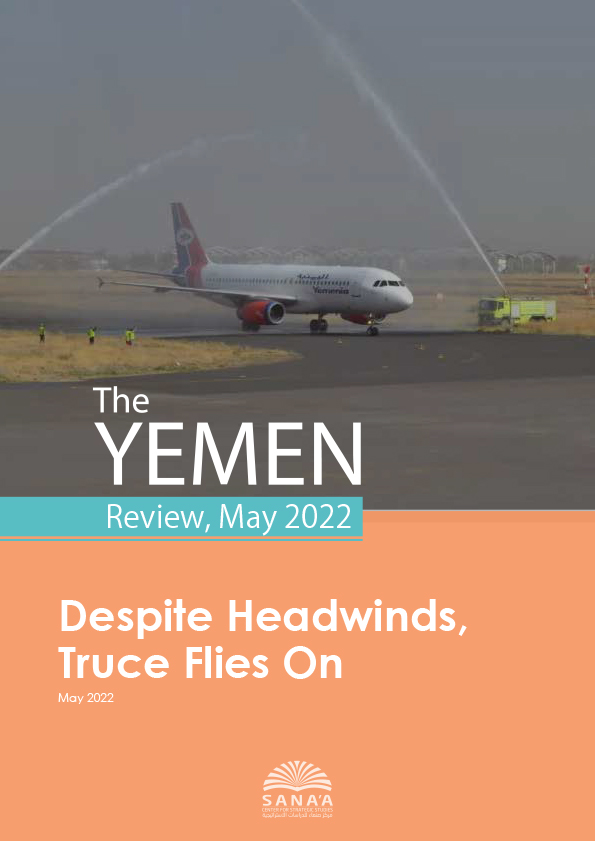Despite reports of violations from both the Yemeni government and Houthi forces, May saw the truce hold for a second month, leading to an agreement brokered by the UN special envoy’s office to extend it for another two months from June 2. In addition to the continued absence of air strikes around the country, commercial flights finally resumed between Amman and Sana’a on May 16 and between Cairo and Sana’a on June 1, after delays caused by a dispute over Houthi-issued passports. The main areas of ongoing tension are Marib and Taiz. UN-backed talks between the warring parties in Amman failed to reach agreement on reopening roads to the besieged city of Taiz, whose government-held areas continued to come under occasional Houthi attack.
Marib governorate, whose capital is the last northern city still under full government control, saw occasional clashes. Political tension in the south threatened to undermine the Presidential Leadership Council (PLC)’s message of unity. Forces loyal to PLC members Aiderous al-Zubaidi of the Southern Transitional Council (STC) and Tareq Saleh, head of the National Resistance Forces, faced off over an attempt by Saleh’s supporters to raise the national flag over Maashiq Palace on the anniversary of the 1990 unification of Yemen. On the economic front, renewed warnings that Yemen’s food insecurity crisis could see pockets of famine emerging in the coming months, in part because of plummeting wheat imports from Ukraine and Russia.





